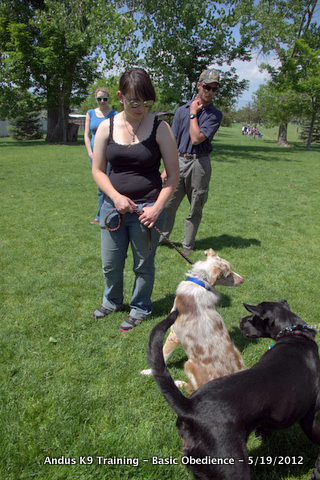All dogs have the same mindset, no matter what kind or size. If this is not taken into account when training, the sessions will not be effective. This article contains some universal puppy training techniques that clue humans in on canine thought.
Try to see things from your dog’s eyes. You need to exercise patience with your pet, even if you think he should be learning at a faster rate. You should never give up on them, try looking at it from your dog’s vantage point. Contemplating the world from their perspective may help you adjust your tactics.
When training your dog, try to avoid reinforcing negative behavior. Do not pay attention to your dog or pet it if he does something you are not happy about. Don’t scratch the dogs back, give it a snack or reward it in any way if it jumps, barks or does anything you don’t approve of.
To strengthen your training efforts, you can use a designated verbal command to help your animal understand what your expectations are and when they have been fulfilled. The word “yes” can be the bridge between rewards and good behavior.
When house-breaking your puppy, choose a specific phrase to use when it’s time to go outdoors. Tell the dog a phrase, like “go potty!”, whenever you go outside to help your dog keep the goal of going outside in mind.
One of the very first commands you should teach a new puppy is the “leave it” command, which tells them to drop an item and step back from it. “Leave it” can prevent furniture chewing, save valuable objects from being destroyed and save your dog from consuming dangerous and/or poisonous substances.
Understanding the mind and process of a dog can be important to canine training. You will also notice how your dog differs from others and adapt his training to correlate with his personality. A better trained dog is a joy to the owner and the pet, and brings happiness for years.

